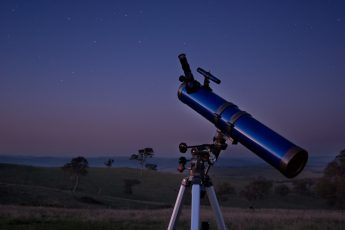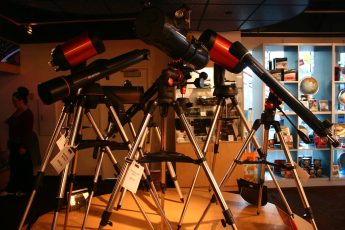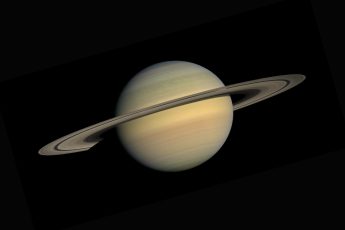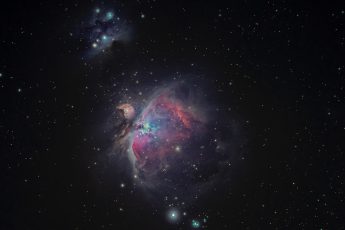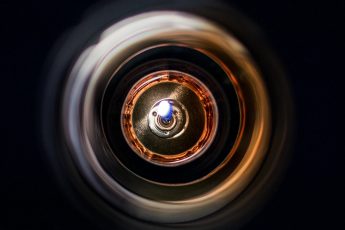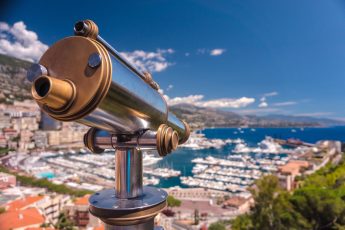It can be a little bit overwhelming if you’ve never used a telescope eyepiece. There are so many options and buttons to explore! Don’t worry; we’re here to help you navigate the ins and outs of using one. Let us be your guide on this journey into the world of amateur astronomy!
Follow the instructions that came with your telescope, or consult the manufacturer’s website.
In case you don’t have instructions on hand, here’s what to do:
- Consult the manufacturer’s website. Many telescope companies will have a webpage dedicated to the user manual or instruction booklet for their products.
- Use a telescope eyepiece chart to determine which eyepieces are best for your telescope. You can find one of these charts by searching “telescope eyepiece chart” in Google or Bing (or another search engine of your choice).
- Follow the instructions that came with your telescope, or consult the manufacturer’s website for more details about how to look through an eyepiece properly.
Look at daytime objects first.
The first thing you should do when looking through a telescope eyepiece is to look at daytime objects. The Moon, Mars, Venus, and the Sun can be observed safely with the unaided eye (provided that you are not looking directly at the Sun). You will see a bright white disk of light for each object you look at, but you may need to wait for about half an hour or so before they become visible in your telescope.
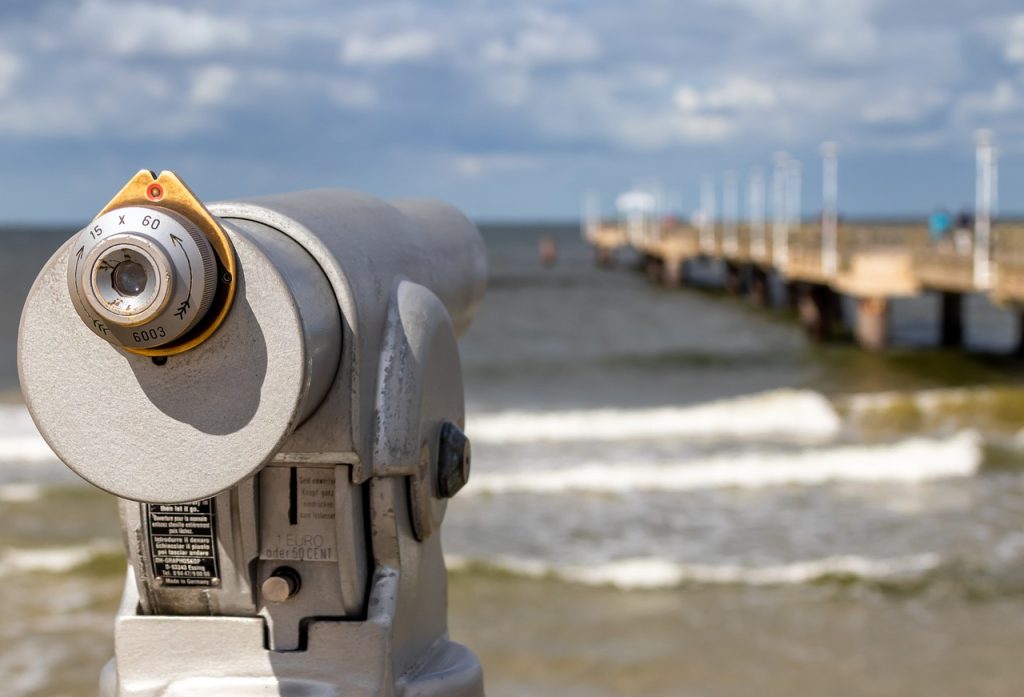
You might also want to try using an additional filter on top of your optics tube or lens cell to enhance your view of these objects. There are two types of filters available – lunar filters and solar filters:
Use a high-magnification eyepiece to look at planets like Jupiter.
If you want to look at planets like Jupiter, use a high-magnification eyepiece. As the magnification increases, the field of view decreases, making it harder to see fainter objects. So start with low power and work your way up as needed. The 25mm eyepiece provides 7x magnification, giving you an excellent view of planets like Saturn and Jupiter with their bright disks surrounded by rings.
Use a low-power eyepiece to look at extended objects like the moon and galaxies.
If you want to see the shape of an object, such as the moon or a planet, use a low-power eyepiece. A high-power eyepiece is best for seeing details of an object. Medium power will allow you to see both shapes and details.
When observing stars and galaxies use low powers for extended objects, medium powers for globular clusters, and high power for double stars and planetary nebulae.
Start with the 25mm eyepiece and work your way up as needed.
Starting with the 25mm eyepiece is a good way to get started since it provides a wide field of view and low magnification. This means you can see a lot of objects at once, which helps you get your bearings in the sky.
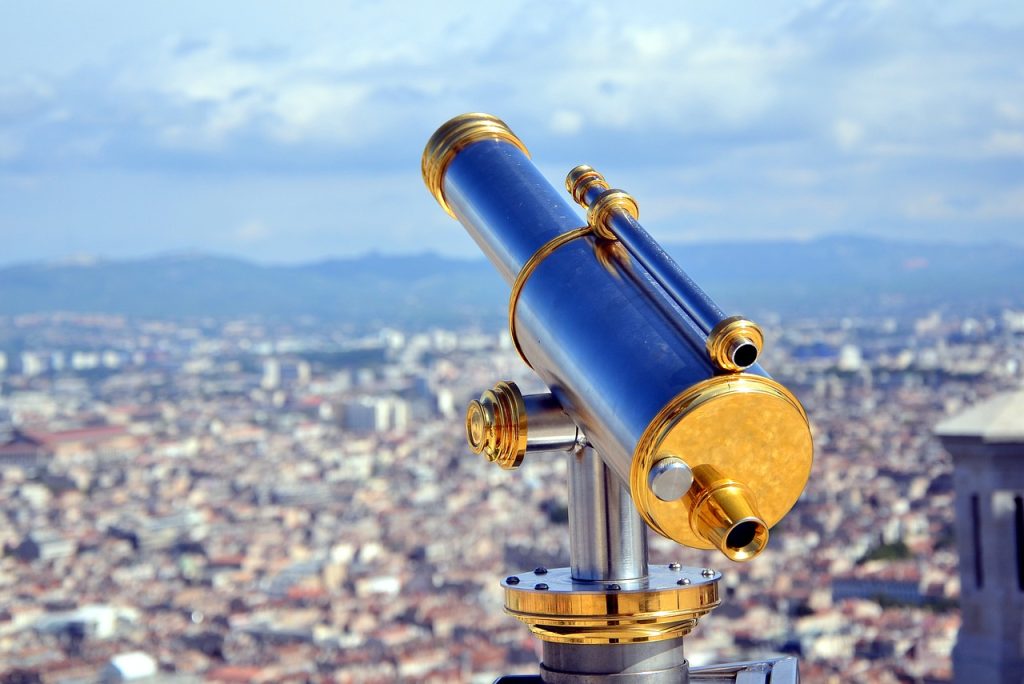
Once you’ve worked your way around the sky using the 25mm eyepiece if you want to see things more closely or magnify them, move up to higher power eyepieces like 10mm or 20mm.
If an object interests me—like Jupiter with its four bright moons—I’ll choose an even higher magnification, such as 30mm or 40mm.
Use filters to enhance your viewing of particular objects.
Filters can be used to enhance the view of particular objects. Here are some filters you may find helpful:
- A neutral density filter reduces light pollution. This allows you to see fainter objects and those that move, such as comets and asteroids.
- A light pollution filter cuts out most of the blue light from street lamps, halogen lights, and other artificial sources of light pollution. It makes it easier to see faint galaxies because there is less background glow from city lights or reflected moonlight (which is red). If a bright comet passes nearby at night, you can use one of these filters so it will not appear washed out by the streetlights around you!
- Contrast-enhancing filters increase the contrast between different parts of an object (such as nebulas) so that they stand out more against their surroundings.
Some objects are better viewed with different magnifications, and filters are helpful too.
You may also want to use different magnifications and filters for different objects. For example, you can use low magnification to get a good view of the moon’s surface details but switch to high magnification when viewing Jupiter’s cloud belts. Filters are used in much the same way: for instance, if you’re looking at galaxies through your telescope, a filter that enhances reds will make them stand out from the surrounding stars better than without it.
Conclusion
And that’s it! You should be well on your way to viewing objects through your telescope. As you learn more about how each type of eyepiece magnifies the image and what filters do, you’ll be able to create an even better viewing experience. If there are any questions about looking through a telescope eyepiece, please let us know in the comments below so we can help.

